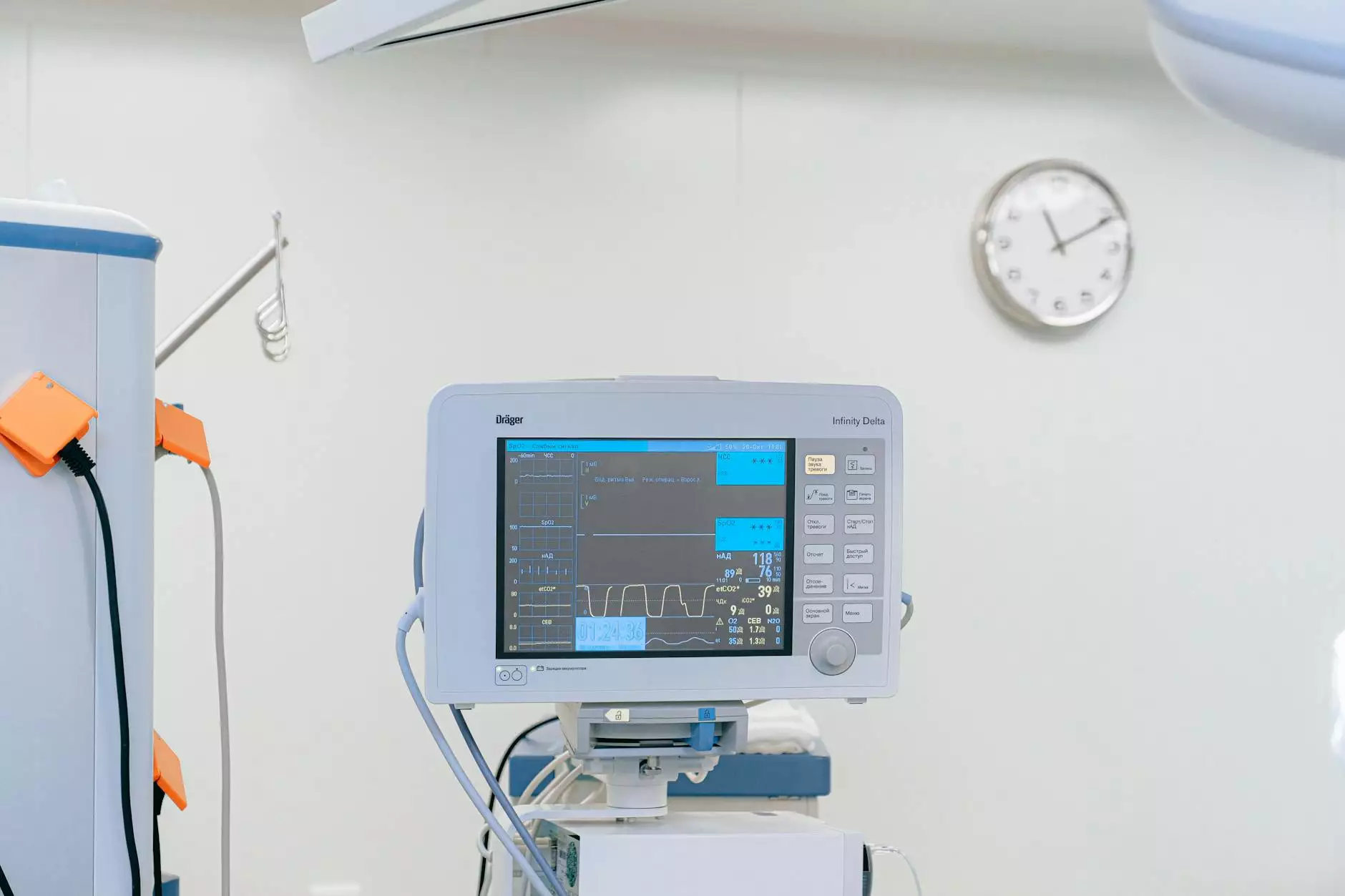Understanding Blepharoplasty: Eyelid Surgery for a Youthful Appearance

Blepharoplasty is more than just a buzzword in the world of cosmetic surgery; it represents a transformative option for individuals looking to enhance their appearance through surgical intervention. With roots in the Greek language, where "blepharon" means eyelid and "plasty" indicates molding or shaping, this procedure is specifically designed to improve the aesthetic and functional aspects of the eyelids.
What Is Blepharoplasty?
Blepharoplasty, commonly referred to as eyelid surgery, focuses on correcting droopy eyelids, removing excess skin, and addressing puffiness around the eyes. It can target both the upper and lower eyelids, offering people the opportunity to achieve a more youthful and refreshed appearance. As we age, factors such as sun exposure, genetics, and the natural aging process can contribute to sagging eyelids, which may cause a tired or worn-out look. Blepharoplasty addresses these concerns effectively.
Why Consider Blepharoplasty?
The motivations for considering blepharoplasty can vary significantly from person to person. Here are some common reasons:
- Aesthetic Improvement: Many individuals seek this procedure primarily for cosmetic purposes, to eliminate signs of aging.
- Vision Correction: In some cases, drooping eyelids can obstruct vision, and blepharoplasty can restore clarity and function.
- Boosted Self-esteem: Improving one’s appearance can lead to enhanced self-confidence and a more positive self-image.
- Long-lasting Results: Patients often find that the outcome of blepharoplasty can last for many years, making it a worthwhile investment in their appearance.
The Blepharoplasty Procedure
Consultation: The First Step
The journey to blepharoplasty begins with a comprehensive consultation with a board-certified plastic surgeon. During this initial meeting, patients should expect an in-depth discussion about their goals, medical history, and a detailed examination of their eyelids. The surgeon will assess factors such as skin elasticity, fat deposits, and the overall facial structure.
Preparation for Surgery
Preparation is crucial for the success of the surgery. Patients are often advised to:
- Avoid blood-thinning medications, such as aspirin or ibuprofen, for several weeks before surgery.
- Stop smoking, as it can impede healing.
- Arrange for transportation post-surgery, since patients may experience drowsiness or reduced vision.
- Follow the surgeon's specific pre-operative instructions for optimal results.
The Surgical Process
The actual blepharoplasty procedure varies depending on whether the upper or lower eyelids are being addressed. Here's a breakdown:
Upper Eyelid Surgery
For upper eyelid blepharoplasty, the surgeon makes a discreet incision in the natural crease of the eyelid. This allows for the removal of excess skin, fat, and muscle, resulting in a tighter and more youthful appearance. The procedure generally lasts one to two hours.
Lower Eyelid Surgery
Lower eyelid surgery can involve removing or repositioning fat deposits and tightening the skin. Incisions are typically made just below the lashes or inside the lower eyelid to minimize visible scarring. This procedure usually takes a similar amount of time as the upper eyelid surgery.
Recovery After Blepharoplasty
The recovery process is an essential component of the overall experience. Patients can typically expect:
- Swelling and Bruising: It is normal to experience some swelling and bruising around the eyes, which usually subsides within a week.
- Pain Management: Discomfort can be managed with prescribed pain medication and cold compresses.
- Follow-up Appointments: Post-operative visits are important for the surgeon to monitor healing and address any concerns.
- Activity Restrictions: Patients should avoid strenuous activities for a few weeks and follow the surgeon’s recommendations.
Risks and Considerations
Like any surgical procedure, blepharoplasty carries risks. It is vital to have a detailed discussion with your surgeon about:
- Scarring: While incisions are placed in natural creases, some scarring may still occur.
- Dry Eyes: Temporary dryness or irritation can happen post-surgery.
- Asymmetry: Although surgeons aim for symmetry, slight differences can occur.
- More Serious Complications: Rarely, complications can include infection or blood clots.
Choosing the Right Surgeon for Blepharoplasty
Selecting a qualified and experienced surgeon is crucial for achieving the desired results. Here are some tips for making the best choice:
- Check Credentials: Ensure your surgeon is board-certified in plastic surgery.
- Look at Before-and-After Photos: Reviewing previous patient results can give insight into a surgeon’s skill and style.
- Read Patient Reviews: Testimonials and reviews can provide firsthand accounts of the surgeon’s practice.
- Schedule Multiple Consultations: Meeting with several surgeons can help you make an informed decision.
Cost of Blepharoplasty
The cost of blepharoplasty can vary widely based on factors such as location, surgeon’s experience, and the complexity of the procedure. On average, patients can expect to pay between $3,000 and $5,000 for eyelid surgery. Insurance may cover part of the costs if it is performed for medical reasons, such as vision correction.
Alternatives to Blepharoplasty
For those hesitant to undergo surgery, there are non-surgical alternatives available:
- Injectables: Treatments like Botox or dermal fillers can help reduce the appearance of fine lines and wrinkles.
- Laser Therapy: Non-invasive laser treatments can resurface the skin around the eyes to improve texture.
- Skin Tightening Treatments: Radiofrequency and ultrasound therapies can offer a non-surgical lift.
Final Thoughts on Blepharoplasty
Ultimately, blepharoplasty offers an opportunity for individuals to reclaim a youthful appearance and potentially improve their quality of life. As with any medical procedure, it’s essential to conduct thorough research and consult with qualified professionals to ensure that it aligns with your personal goals.
At The Wellcome, we believe in empowering our patients with the knowledge required to make informed decisions about their health and aesthetics. Whether you are considering blepharoplasty for cosmetic reasons or as a solution for functional issues related to your eyelids, understanding the process and its implications is crucial.
By choosing the right surgeon and maintaining realistic expectations, you can enjoy the benefits of blepharoplasty, which may include improved appearance, enhanced self-esteem, and even better vision.









